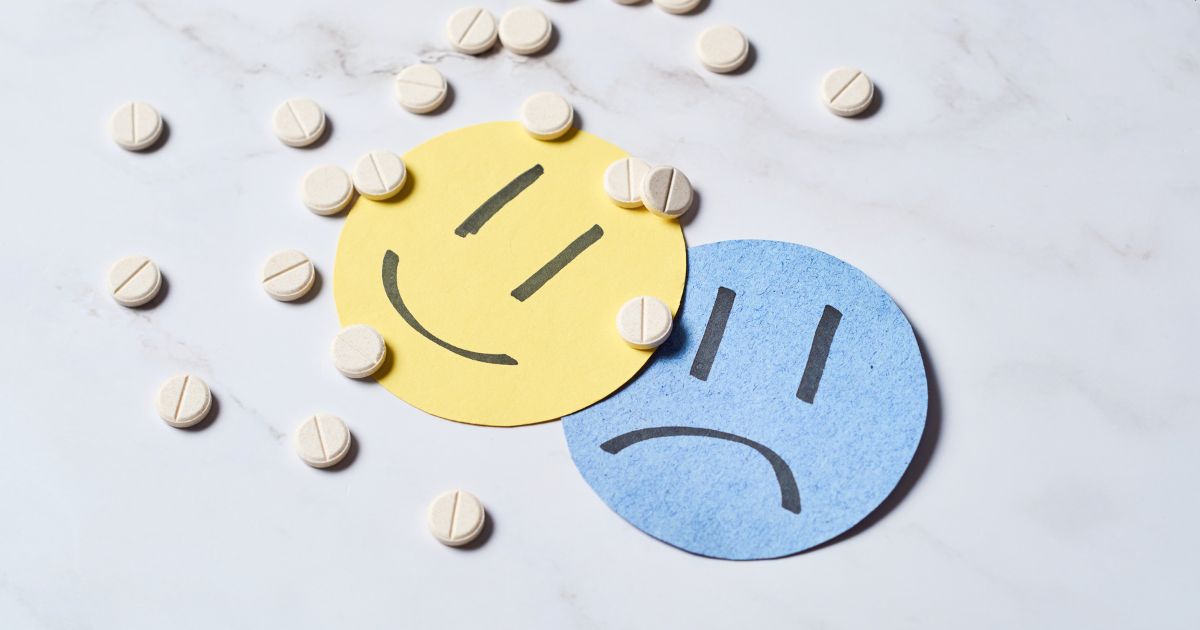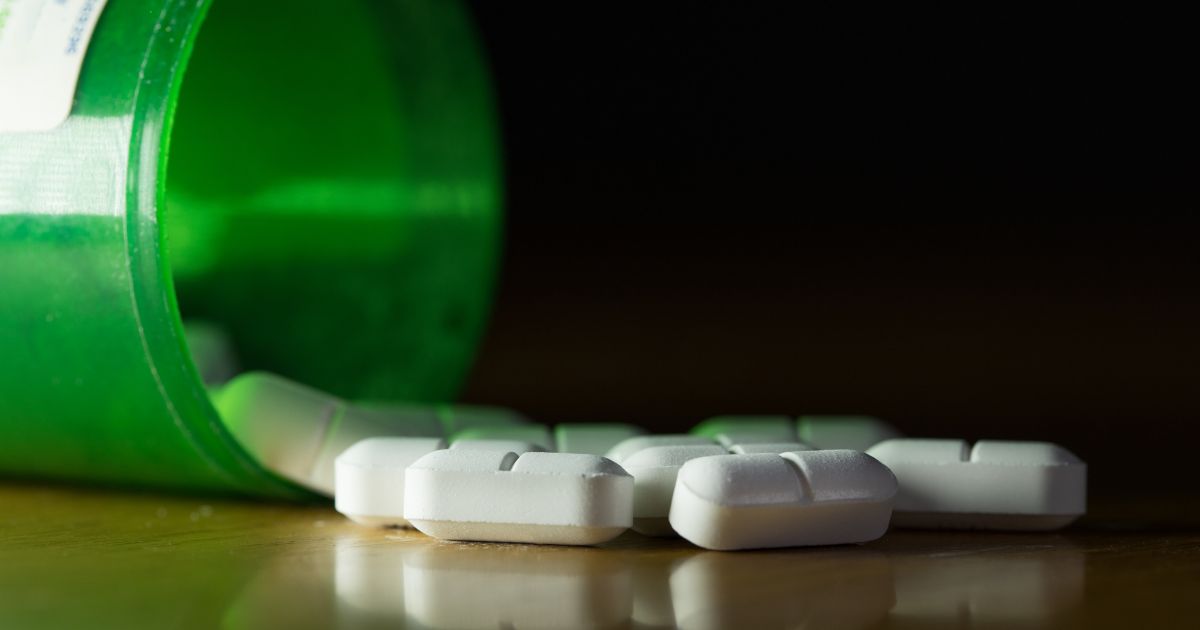The drug landscape is constantly changing, with traffickers constantly making new poisonous products for larger profits. One of the nastiest seen in the past few years is xylazine, a drug that rots your skin off, and which contributed to a 275% rise in overdose deaths nationwide between 2019 and 2022. In this article, we’ll explore this dangerous drug.
What is Xylazine?
Researchers originally developed xylazine as a horse tranquilizer. Obviously, it’s not approved for human use but sadly it has found its way onto the street, where it’s known as “tranq.” Dealers often mix xylazine with opioids like fentanyl to create what are known as “zombie drugs,” leading to horrible effects, including skin literally rotting off the body.
The authorities in Los Angeles have issued warnings due to the extraordinarily damaging risks of xylazine and xylazine withdrawal. For example, according to the Los Angeles Sheriff Department, xylazine may be in up to 4% of the Orange County fentanyl supply. According to the LA Times, xylazine has been showing up in the drug supply going back at least five years.
There is pending legislation in Congress to classify it as a Schedule III drug.
Signs of Xylazine Abuse
Xylazine abuse, particularly when mixed with other substances like fentanyl, can lead to a range of serious health issues.
Some signs of xylazine abuse include:
- Xylazine Withdrawal
- Sedation
- Slow Heart Rate
- Low Blood Pressure
- Respiratory Depression: Xylazine can cause shallow, slow breathing or even respiratory arrest, especially when combined with other sedative drugs like fentanyl or other opioids.
- Tissue Damage: One of the more concerning side effects of xylazine is its potential to cause severe tissue necrosis (death of tissue), particularly at injection sites. These xylazine wounds can lead to abscesses, ulcers, or even the loss of limbs in severe cases.
- Coma
- Hypothermia
- Nausea and Vomiting
- Loss of Motor Skills
- Confusion and Disorientation
If someone shows signs of xylazine abuse or overdose, immediate medical attention is critical. Treatment may involve supportive care, including respiratory support and monitoring of vital signs.
Get confidential help from our addiction treatment specialists in Orange County. Call to join our rehab program today!
Call 866-881-1184What Happens During Xylazine Withdrawal?
Xylazine withdrawal is not pretty. Some report it is more painful than opioid withdrawal. During xylazine withdrawal, a person who has been using the drug regularly may experience a range of symptoms, like agitation, tremors, and muscle pain, as their body adjusts to the absence of the sedative.
How Long Does Gabapentin Withdrawal Last?
According to a study of 18 cases, gabapentin withdrawal commences between 12 hours and 7 days after gabapentin detox. The duration of gabapentin withdrawal varies depending on factors like the dose, length of use, individual physiology, and whether the medication is tapered or stopped abruptly.
On average, withdrawal symptoms typically last 1 to 2 weeks, but some lingering effects can persist longer in certain cases.
Xylazine Withdrawal Symptoms
A person who has been using xylazine regularly, especially with other substances like opioids, can experience withdrawal when they suddenly stop or reduce their use.
Clinicians currently do not have a standard protocol for treating xylazine withdrawal, since it is fairly new and not typically used for human consumption. This means the clinicians may not be fully able to treat xylazine abuse symptoms.
Xylazine withdrawal symptoms may include:
- Anxiety and Agitation: The sedative effects of xylazine may mask underlying anxiety in regular users. When withdrawn, this can surface as increased agitation.
- Tremors or Shaking: Withdrawal from sedative substances like xylazine may cause physical symptoms such as tremors or shaking.
- Insomnia: Due to its sedative properties, users may experience difficulty sleeping or disturbances in their sleep patterns after stopping xylazine.
- Increased Heart Rate and Blood Pressure: When the drug is no longer suppressing the body’s normal autonomic functions, users may experience a rebound increase in heart rate and blood pressure.
- Sweating: Profuse sweating is a common Xylazine withdrawal symptom as the body tries to regulate itself.
- Nausea and Vomiting: Similar to opioid withdrawal, xylazine withdrawal can lead to gastrointestinal issues.
- Muscle Pain and Stiffness: Xylazine withdrawal can cause muscle aches, stiffness, and discomfort,
- Cravings: Like with other substances, individuals withdrawing from xylazine may experience strong cravings for the drug, particularly if it was used in combination with opioids.
- Depression and Mood Swings: The lack of the drug’s calming effect can lead to mood swings, irritability, or even symptoms of depression.
- Respiratory Distress: Although more common during overdose, sudden withdrawal may also trigger breathing issues.
Because xylazine is often mixed with other drugs like fentanyl, withdrawal symptoms might also be compounded by those substances. The process can be physically and emotionally taxing. Medical supervision is recommended for anyone going through xylazine withdrawal to manage
How Long Does Xylazine Withdrawal Last?
This is hard to say, since xylazine was never developed for human consumption. However, in general, the withdrawal process from sedative drugs like xylazine may follow a pattern similar to other central nervous system depressants.
Most studies indicate that acute withdrawal lasts over 48 to 72 hours. This is then followed by a less intense phase, called subacute withdrawal, wherein xylazine withdrawal symptoms may continue but at a reduced intensity. Finally, there is the post-acute phase, which tends to impact emotional health, and could take another one or two weeks. This is especially the case if xylazine was used in combination with fentanyl or some other opioid.
Looking for quality substance abuse treatment that’s also affordable? South Coast accepts most major insurance providers. Get a free insurance benefits check now.
Check Your CoverageHow to Treat Xylazine Withdrawal
Treating xylazine withdrawal generally involves managing symptoms and providing supportive care, especially since the drug is not intended for human consumption and there is limited research on its specific withdrawal treatment. In one study of xylazine withdrawal, researchers helped manage withdrawal “…with a combination of dexmedetomidine infusion, phenobarbital and tizanidine…”
Clinicians find treating withdrawal from the dual fentanyl-xylazine “zombie drug” combination especially challenging. According to one study, when combined, they produce “an opioid-like somatic withdrawal syndrome at doses that are not apparent with either drug alone.”
If xylazine was mixed with opioids (like fentanyl), treatment should address opioid withdrawal symptoms as well. Clinicians may use medications such as methadone or buprenorphine to ease opioid withdrawal.
Drug Addiction Treatment in Orange County
If you or a loved one are struggling with addiction but wonder how long addiction treatment takes or have other questions, call us at 866-881-1184 or contact us here. Our highly qualified staff will be happy to help give you an idea on what to expect from your addiction recovery timeline, help verify your insurance, and assist with any other questions you may have.
- Support for xylazine legislation builds in Congress | American Veterinary Medical Association
- Xylazine’s Growing Impact on Drug Use and Treatment Options | Johns Hopkins | Bloomberg School of Public Health
- Journal of Addiction Medicine
- Management of Xylazine Withdrawal in a Hospitalized Patient: A Case Report – PubMed
- Effects of xylazine on naloxone-precipitated fentanyl withdrawal in male and female rats – ScienceDirect









